Application prospect analysis of fabricated Bridge
Advantages of prefabricated bridges
At present, most of China’s highways and urban bridges adopt the traditional bridge construction mode of cast-in-situ concrete, which has long construction cycle, great impact on traffic, high overall energy consumption, many on-site construction personnel and high labor intensity. As early as 1970, the United States started the ABC plan, that is, rapid bridge construction, industrialized prefabrication of main beams, bridge decks and abutments, and then transported to the on-site bridge site for on-site rapid assembly. This construction method greatly speeds up the construction speed of the bridge and reduces the adverse impact of bridge construction on traffic and environment.
Advantages of prefabricated bridge compared with traditional bridge construction methods, the advantages of prefabricated bridge are mainly as follows:
(1) High construction efficiency. Modular design, prefabrication and assembly, with high degree of flow operation, can shorten the construction period, improve the quality, greatly reduce the on-site operation of bridge construction, and minimize the impact on urban traffic flow.
(2) Energy saving and environmental protection. Prefabricated components have been fabricated in the factory, saving formwork materials and construction site, avoiding environmental pollution caused by on-site construction, reducing construction noise, reducing on-site material stacking, etc.
Prefabricated bridge has many advantages that traditional bridge construction methods can not compare. It is in line with the concept of saving resources and protecting the environment. It is the general trend of sustainable development of bridge construction industry in China.
Development status of fabricated bridges
2.1 assembly of superstructure
2.1.1 fabricated reinforced concrete box girder
Fabricated reinforced concrete box girder. The beam body of the bridge is divided into sections along the longitudinal direction, which are prefabricated in the factory and transported to the on-site bridge site for assembly, and prestressed to make it a whole. Segment prefabrication and assembly methods mainly include long line method and short line method.
(1) Long line method
The long line method is to make a fixed pedestal of sufficient length according to the curve of the bottom edge of the bridge, prefabricate it block by block in turn, complete the half span to the main beam of the whole span, and then separate it from the section. This method is a traditional technology and its construction is relatively mature, but it has high requirements for pedestal foundation. It is difficult to apply when the longitudinal slope of the bridge changes greatly.
(2) Short line method
The bottom formwork of the precast pedestal is the length of one section. The end formwork is used on one side, and the prefabricated adjacent sections are used as the end formwork on the other side. The segmental prefabrication and assembly by short line matching method has the advantages of flexibility, high mobility and fast construction speed. It is suitable for bridge types with many changes in beam segment types, but it requires high flexibility and stiffness of formwork and high construction accuracy.
According to different connection forms between precast segments, it can be divided into wet joints, cemented joints and dry joints. The difference between the three is that the filling materials between adjacent precast beam segments are different. The filling materials include concrete or dry hard cement mortar, epoxy resin, etc. the dry joints are connected through tenon and prestress. With the improvement of the capacity of hoisting equipment, large section integral hoisting methods are more and more used in bridge construction; Reduce the number of splicing joints and transfer the manufacturing and main control work to the manufacturing plant; The difficulty of on-site control is reduced, the construction quality is easy to be guaranteed, and the construction speed is faster.
Xiamen Jimei bridge has a total length of 3470m, which is divided into two parts: Road Bridge and BRT bridge. The span layout is 55m + 2 × 100m + 55m, two bridges with a total length of 620m, root beam height of 5.6m and mid span beam height of 3M; The short line method is adopted for prefabrication and assembly. The segmental assembly of Jimei bridge is shown in Figure 1.
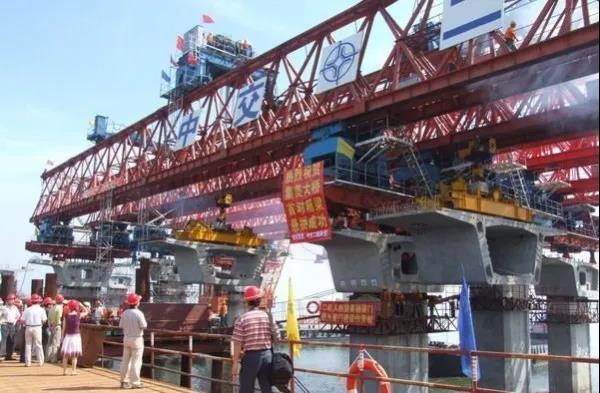
Figure 1 Segmental assembly of Jimei Bridge
Xiamen BRT viaduct is located on Xiahe road and Lianqian road with extremely heavy traffic. It is necessary to shorten the construction period and reduce the impact on the existing traffic. Prefabricated segments are used to assemble continuous box girders, of which the total length of prefabrication and assembly in Xiahe section is 3512m, and the total length of prefabrication and assembly in Lianqian road and connecting section is 3330m. The photos of the construction site are shown in Figure 2.
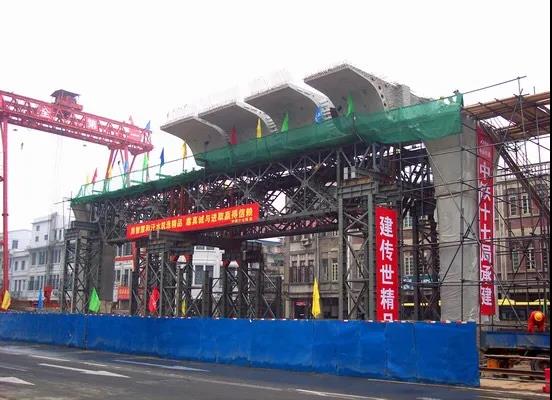
Figure 2 Photos of Xiamen BRT viaduct construction site
2.1.2 fabricated steel box girder
The Hong Kong Zhuhai Macao Bridge adopts about 16km steel box girder and 6km composite girder. It is the largest offshore steel structure long bridge in the world. The steel box girder has light self weight, good stability under cross wind and good seismic performance. The Hong Kong Zhuhai Macao Bridge is shown in Figure 3.
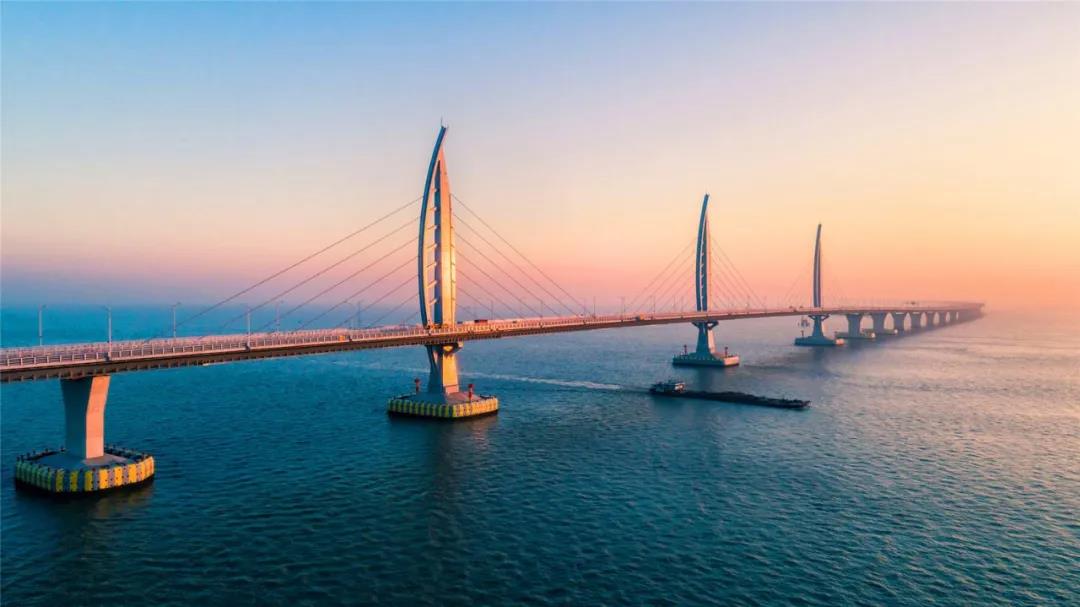
Figure 3 Hong Kong-Zhuhai-Macao Bridge
2.1.3 fabricated steel-concrete composite structure
(1) Steel truss web composite beam
Steel truss web prestressed concrete composite beam bridge, which uses steel truss web members instead of concrete webs, is a new type of composite structure bridge, which is suitable for medium or long-span bridge structures. For example, Jiangshan vehicle overpass of Nanjing Ring Expressway (see Figure 4) and No. 1 bridge of Shenzhen University (see Figure 5).
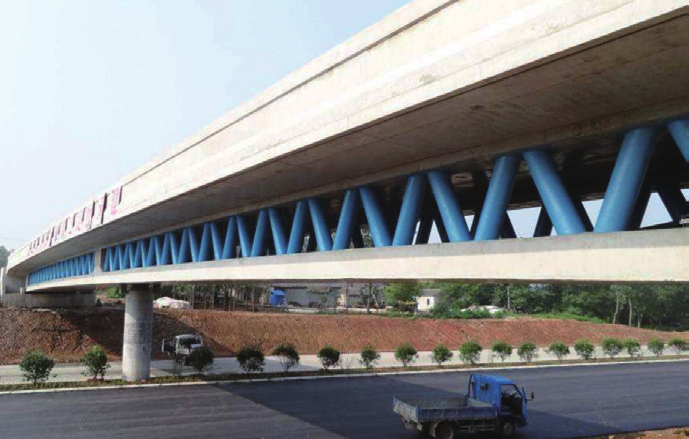
Figure 4 Nanjing Ring Expressway — Jiangshan vehicle overpass
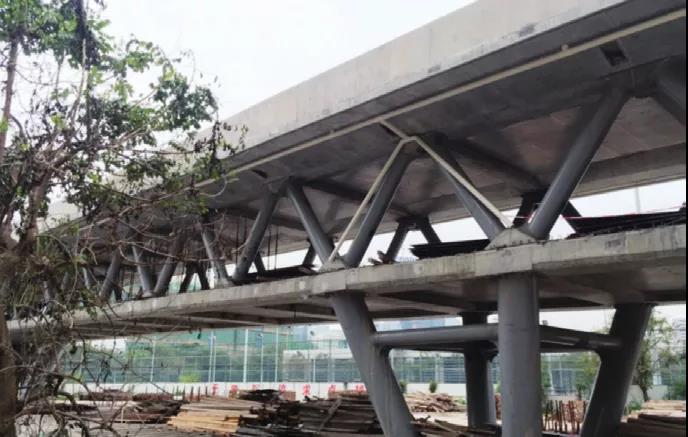
Figure 5 No. 1 bridge of Shenzhen University
.
(2) Fabricated composite steel box girder
The fabricated composite steel box girder adopts new materials such as weather resistant steel and corrugated steel web, combined with the new process of double steel box closed section, which improves the bearing capacity and makes the bridge structure lighter. For example, the pier, cap beam and main beam of Baoding interchange small radius curve bridge of Beijing Hong Kong Macao expressway have realized industrialized production and assembly construction, as shown in Figure 6.
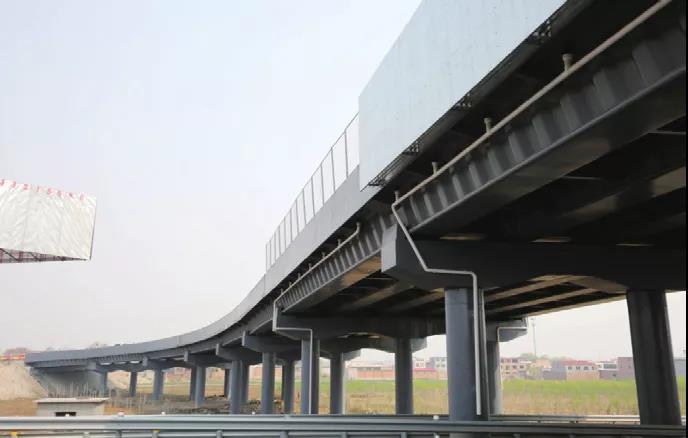
Figure 6 Application of fabricated composite steel box girder in curved bridge
(3) Corrugated steel web composite beam
For the composite beam with corrugated steel webs, the concrete webs in the prestressed concrete box girder are replaced by corrugated steel plates. Factory prefabricated corrugated steel web I-shaped composite beam is shown in Figure 7.
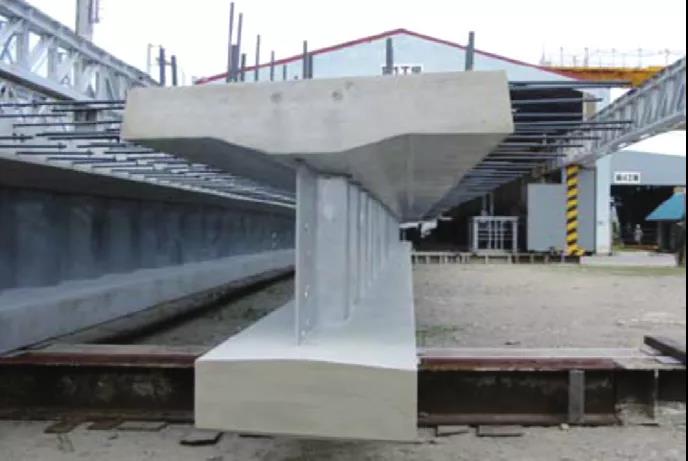
Figure 7 Corrugated steel web I-shaped composite beam
Changzhuang reservoir bridge also adopts PC composite box girder with corrugated steel webs, as shown in Figure 8.
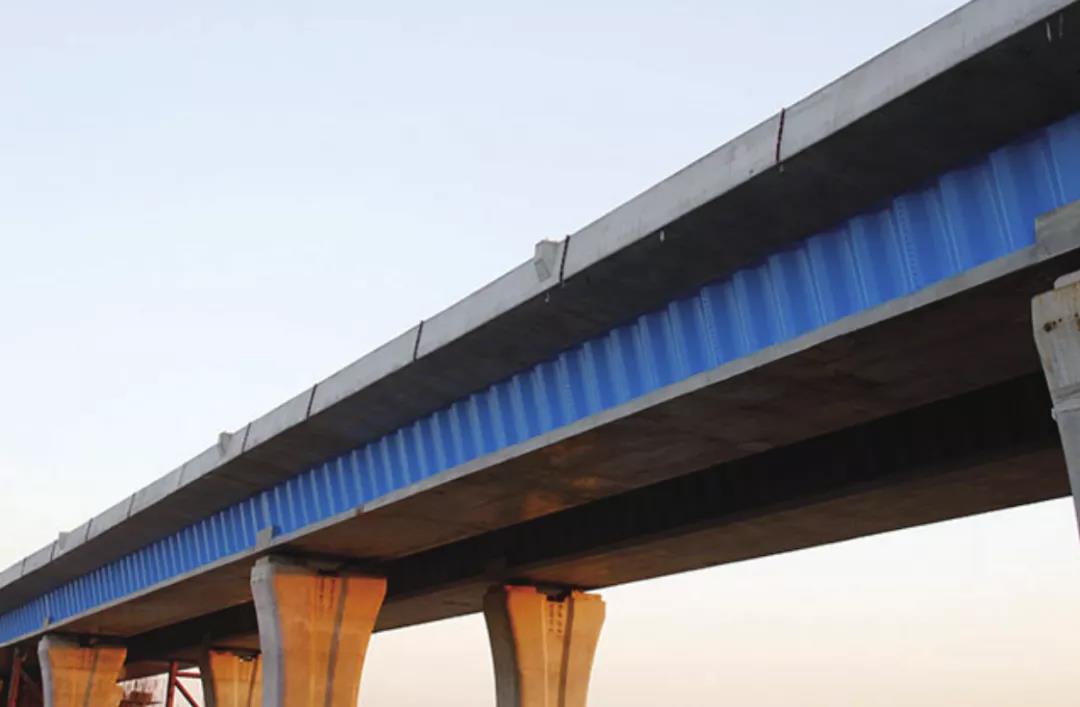
Figure 8 Changzhuang Reservoir Bridge
(4) Corrugated steel web concrete filled steel tubular composite beam
Corrugated steel web concrete-filled steel tubular composite beam bridge has a novel structure, which is composed of concrete top plate, concrete-filled steel tubular bottom chord and corrugated steel web. The spatial curved surface welding problem in the manufacturing of corrugated steel web concrete-filled steel tubular is the structural difficulty (see Fig. 9).
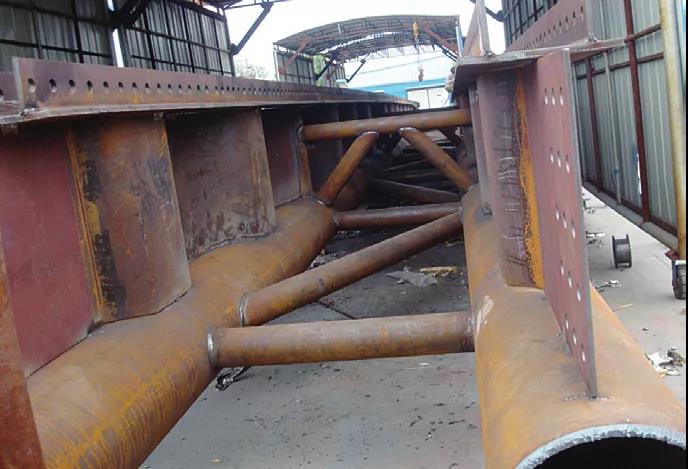
Figure 9 Composite beam manufacturing
(5) H-shaped corrugated steel beam GFRP deck composite beam
H-shaped corrugated steel beam – GFRP composite bridge deck composite beam, the main beam adopts H-shaped corrugated steel beam, and the bridge deck adopts GFRP bridge deck. Project example: pedestrian bridge in Baixiang service area of Beijing Hong Kong Macao Expressway (as shown in Figure 10).
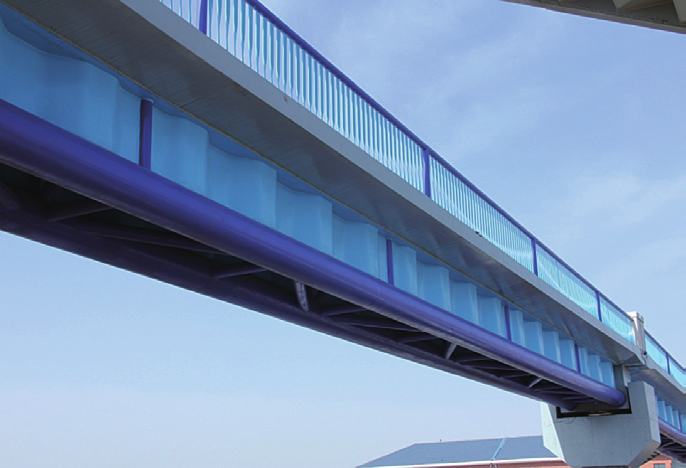
Figure 10 Pedestrian bridge in Baixiang service area of Beijing Hong Kong Macao Expressway
(6) Steel box composite beam
The concrete bridge deck is connected with the semi closed steel plate box girder as a whole to form a steel box composite girder. This composite beam can give full play to the tensile properties of steel and the compressive properties of concrete. Shawogou North Branch bridge of Xingheng Expressway with this structure is shown in Figure 11.
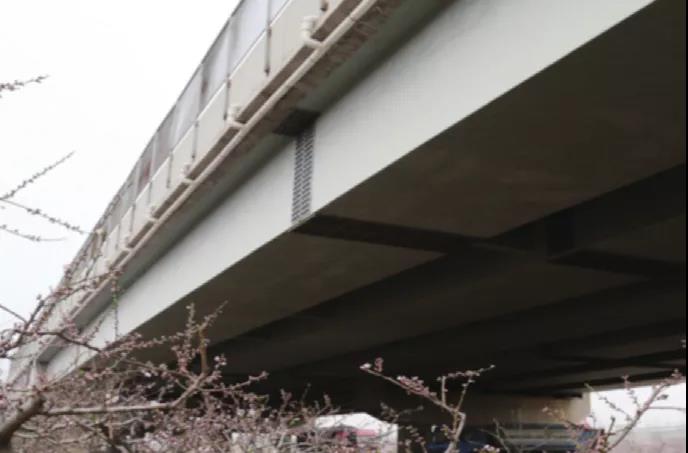 Figure 11 Shawogou North Branch Bridge
Figure 11 Shawogou North Branch Bridge
(7) Steel plate composite beam
Steel plate composite beam is a composite structure formed by the connection of exposed I-section steel and reinforced concrete roof through shear keys. The bridge gives full play to the respective material properties of steel and concrete, with high bearing capacity, good seismic and dynamic performance and fast construction. The main line bridge of qugang Expressway with this structure is shown in Figure 12.
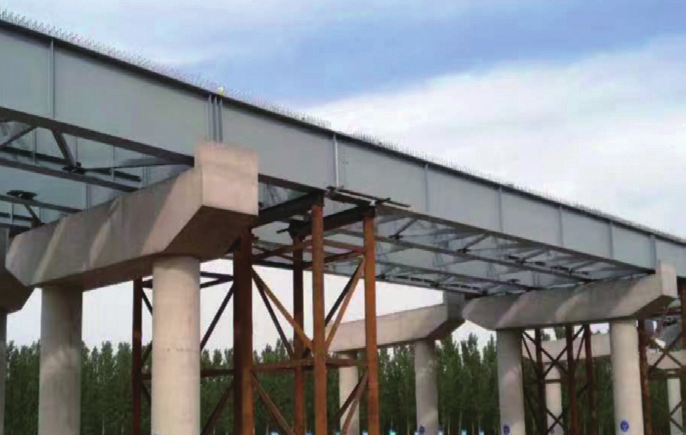 Figure 12 Main bridge of qugang Expressway
Figure 12 Main bridge of qugang Expressway
(8) Steel truss composite beam
Steel truss composite beam is a kind of steel truss composite beam with high strength, high stiffness and high stability. The Ganhaizi bridge of Yaxi Expressway with this structure is shown in Figure 13.
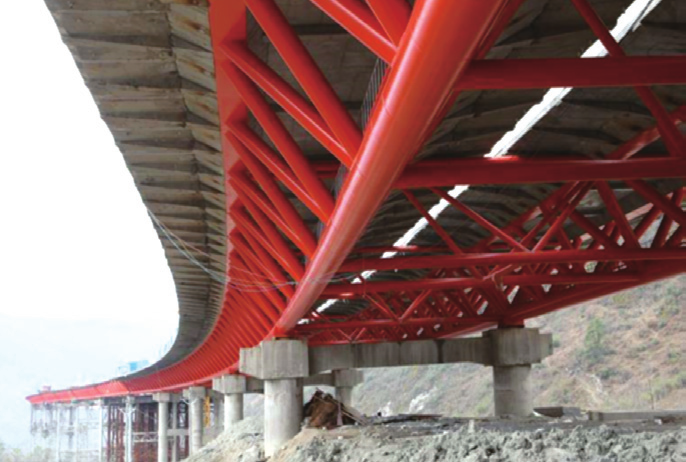 Figure 13 Yaxi Expressway Ganhaizi Bridge
Figure 13 Yaxi Expressway Ganhaizi Bridge
2.1.4 precast deck slab
The precast deck slab is mainly full thickness concrete deck slab, which is connected with the main beam by shear keys. Generally, there are steel lattice deck system, corrugated steel deck system and waffle slab deck system. The corrugated steel deck system is to fix the corrugated steel plate on the main beam with bolts and fill it with concrete or asphalt concrete. Prefabricated deck slab of Huzhou Wuyi bridge pedestrian bridge (as shown in Figure 14).
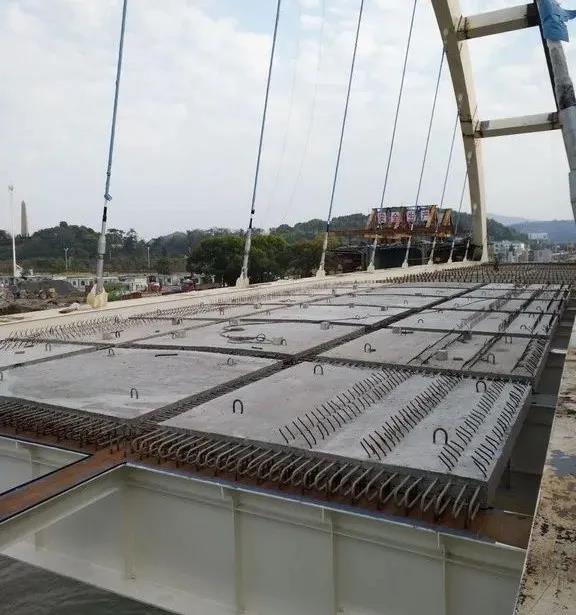
Figure 14 Precast deck slab of Huzhou Wuyi Bridge
2.2 substructure assembly
2.2.1 fabricated bridge pier column
The pier usually includes four parts: cap beam, pier column, bearing platform and foundation. The fabricated pier decomposes the pier into several components, such as bearing platform, column and cap beam (pier cap), which are prefabricated in the factory or on site, and then transported to the site to assemble the pier, as shown in Figure 15. Relevant research shows that adopting reasonable connection types and structural measures is the key to realize rapid pier assembly. The performance of assembled pier column is the same as that of cast-in-situ concrete pier column, and even has better dynamic characteristics, which can be applied in medium and high earthquake areas; At present, there are more research and Design Analysis on precast assembled piers, but less research on precast assembled abutments, which needs to be strengthened.
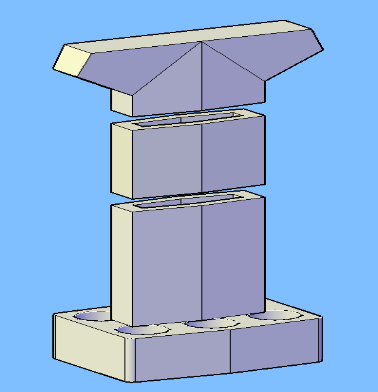
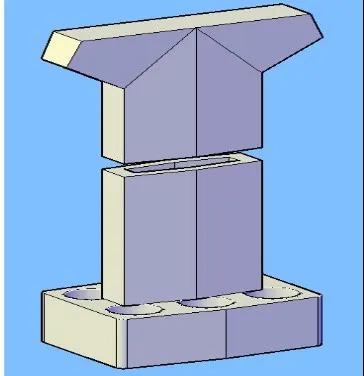
Figure 15 Schematic diagram of segmented pier and abutment
2.2.2 fabricated abutment
The abutment usually includes four parts: cap beam, abutment body, wing wall and foundation. The division and connection of components are similar to those of piers. Due to the small number of abutments relative to piers, there are less relevant research and application. Typical forms include socket precast assembled abutment (FIG. 16) and H-shaped steel pile.
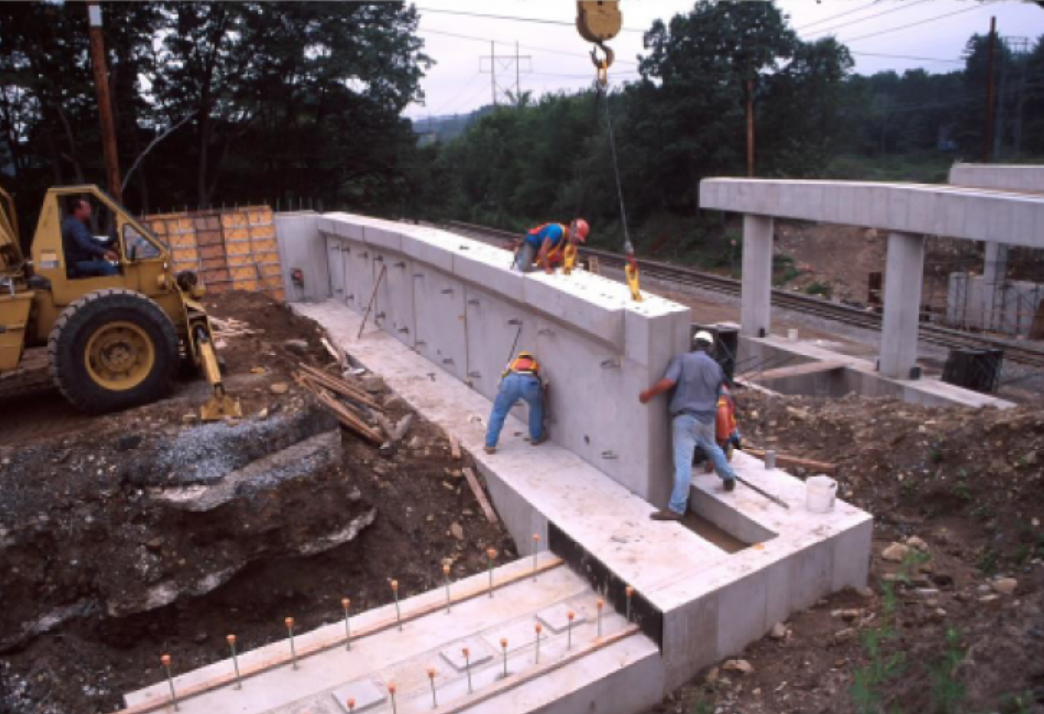
Figure 16 Socket precast assembled abutment
3.1 application of steel structure and steel-concrete composite structure
Steel structure bridge is suitable for building bridges with complex structure, large load and long span. It is suitable for high earthquake intensity areas and key earthquake fortification areas. Restricted by the level of economic and social development and steel production capacity in China, steel structure bridges are mainly used for super long-span bridges. With the improvement of steel production capacity and the progress of steel structure bridge construction technology, China has the material basis and technical conditions to promote steel structure bridges. At present, steel overcapacity and falling steel prices are a good opportunity to promote steel structure bridge construction and improve the quality of highway bridge construction, and an important measure to promote the transformation and upgrading of the steel industry. At present, the supply of sand, stone and other building materials is becoming more and more tight. The production of commercial concrete is cooking without rice. The national production output of commercial concrete will decline year by year. The application of steel structure in bridges will become the general trend (Fig. 17-fig. 20).
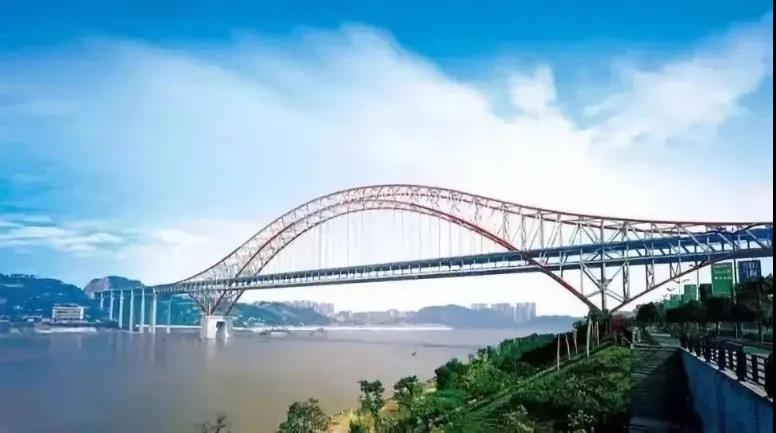
Figure 17 Beam arch composite steel bridge
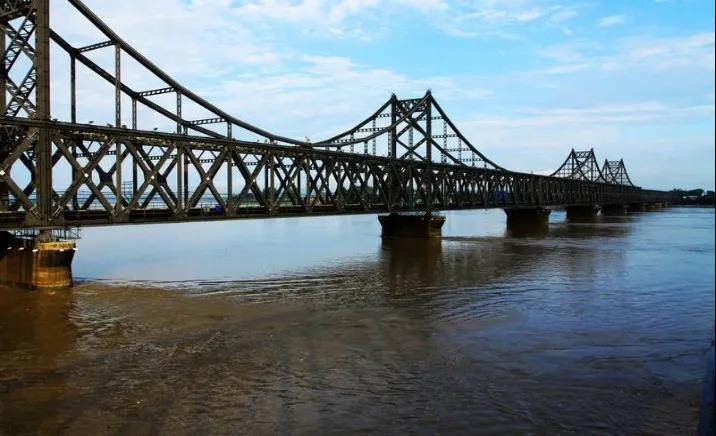
Figure 18 Composite steel bridge with beam and suspension system
 Figure 19 Beam and suspension + stay cable composite steel bridge
Figure 19 Beam and suspension + stay cable composite steel bridge
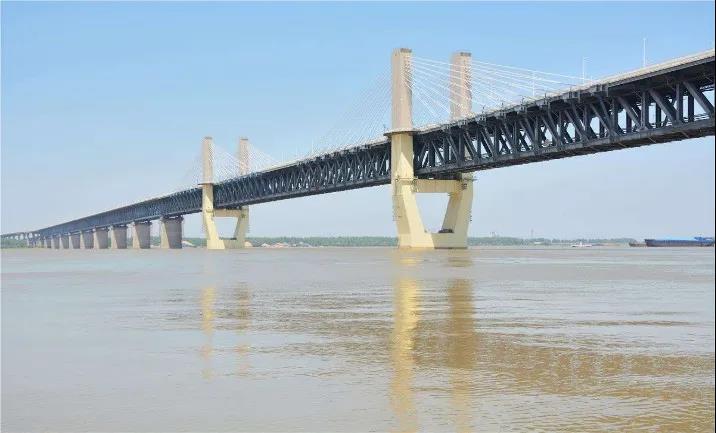
Figure 20 Beam and stay cable composite steel bridge
It is worth mentioning that the steel-concrete composite structure bridge, through the combination of the two materials, can give full play to the advantages of concrete compression and steel tensile properties, and avoid concrete tensile cracking and steel compression instability. Most urban bridges are small and medium-sized bridges, and there are few long-span and super long-span bridges. Steel-concrete composite structure bridges have broad application space and can develop into the main structural form of urban small and medium-sized bridges in China.
3.2 R & D and application of new materials
New materials such as ultra-high performance concrete (UHPC) and fiber reinforced polymer (FRP) can greatly improve the tensile capacity. The introduction of new materials such as UHPC and FRP can improve the mechanical properties and durability of bridge deck. The application of new materials such as UHPC and FRP in rapid bridge construction should be accelerated to improve the performance, construction technology and quality control level of bridge deck. This paper focuses on the mixing and quality control of high-performance concrete materials, the construction control of concrete bridge deck erection, the connection structure between on-site bridge decks, and the quality control of steel-concrete shear group nail connection.
3.3 application of BIM Technology in bridge construction
As a high-end information integration technology, BIM Technology has been more and more popularized and applied in the field of engineering construction. BIM Technology has five characteristics: visualization, coordination, simulation, optimization and drawing. It is a database based on three-dimensional model and a community of model and information.
BIM Technology is consistent with the prefabricated bridge in many aspects, which is mainly reflected in that the core of the prefabricated bridge is “integration”, while BIM highlights information integration and meets the development needs of the prefabricated system. BIM Technology can open up the links of design, procurement and construction and truly realize the integration of design and construction. It can integrate the workflow, improve the design quality and improve the management level of construction and operation and maintenance. Therefore, the application of BIM Technology in fabricated bridge engineering is of great significance to the whole project. In the design stage, the three-dimensional solid model of the bridge is established by using parametric modeling tools such as Revit, and timely adjusted through collision detection to avoid later design changes and improve design quality; In the construction stage, the 4D and 5D characteristics of BIM Technology are introduced to better dynamically and finely control the project progress and cost, optimize the construction scheme, ensure the construction quality of bridge engineering, reduce risks and improve the construction management level; In the operation management stage, the BIM model including design, construction stage and other construction information of the project can be transmitted to the transportation management department as a whole, so as to improve the operation management and archives management level.
The prefabricated construction of bridge is an effective means to speed up the construction speed, reduce on-site pollution and realize low-carbon construction. Under the guidance of national policies, prefabricated bridge structure has been partially applied in various projects, but it is far from being fully popularized, and has great development potential. China is a big steel producer, but it is not a strong country in steel structure application. The proportion of steel structure in bridge engineering is low, and there is still a big gap compared with 50-60% in developed countries. With the government’s encouragement and support for the application of steel structure, especially China’s sustained and rapid economic growth, a large number of construction projects such as large-scale and long-span super large bridges are to be built, which provides broad application prospects for steel structure bridges.
In the subsequent development of fabricated bridges, attention should be paid to the application of steel structure and steel-concrete composite structure. Accelerate the popularization and application of new materials such as UHPC and FRP, improve the mechanical properties of the bridge and improve the durability of the bridge. Promote the development of prefabricated bridges through BIM Technology, improve the bridge construction from traditional operation mode to modern construction mode, reduce the pressure on environmental resources during the whole life cycle of bridge construction, use and demolition, and improve the management level of bridge modernization.
 五隆兴科技发展有限公司
五隆兴科技发展有限公司

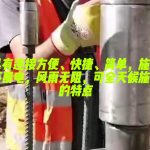
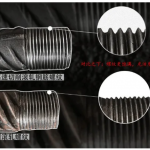
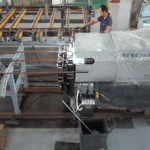

您好!请登录